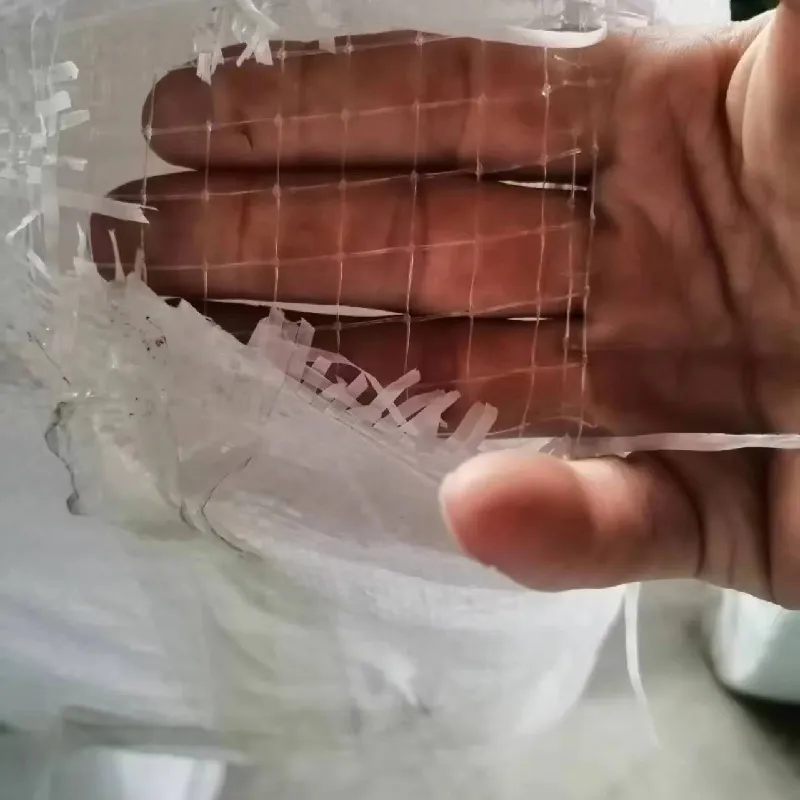-
 Afrikaans
Afrikaans -
 Albanian
Albanian -
 Amharic
Amharic -
 Arabic
Arabic -
 Armenian
Armenian -
 Azerbaijani
Azerbaijani -
 Basque
Basque -
 Belarusian
Belarusian -
 Bengali
Bengali -
 Bosnian
Bosnian -
 Bulgarian
Bulgarian -
 Catalan
Catalan -
 Cebuano
Cebuano -
 China
China -
 Corsican
Corsican -
 Croatian
Croatian -
 Czech
Czech -
 Danish
Danish -
 Dutch
Dutch -
 English
English -
 Esperanto
Esperanto -
 Estonian
Estonian -
 Finnish
Finnish -
 French
French -
 Frisian
Frisian -
 Galician
Galician -
 Georgian
Georgian -
 German
German -
 Greek
Greek -
 Gujarati
Gujarati -
 Haitian Creole
Haitian Creole -
 hausa
hausa -
 hawaiian
hawaiian -
 Hebrew
Hebrew -
 Hindi
Hindi -
 Miao
Miao -
 Hungarian
Hungarian -
 Icelandic
Icelandic -
 igbo
igbo -
 Indonesian
Indonesian -
 irish
irish -
 Italian
Italian -
 Japanese
Japanese -
 Javanese
Javanese -
 Kannada
Kannada -
 kazakh
kazakh -
 Khmer
Khmer -
 Rwandese
Rwandese -
 Korean
Korean -
 Kurdish
Kurdish -
 Kyrgyz
Kyrgyz -
 Lao
Lao -
 Latin
Latin -
 Latvian
Latvian -
 Lithuanian
Lithuanian -
 Luxembourgish
Luxembourgish -
 Macedonian
Macedonian -
 Malgashi
Malgashi -
 Malay
Malay -
 Malayalam
Malayalam -
 Maltese
Maltese -
 Maori
Maori -
 Marathi
Marathi -
 Mongolian
Mongolian -
 Myanmar
Myanmar -
 Nepali
Nepali -
 Norwegian
Norwegian -
 Norwegian
Norwegian -
 Occitan
Occitan -
 Pashto
Pashto -
 Persian
Persian -
 Polish
Polish -
 Portuguese
Portuguese -
 Punjabi
Punjabi -
 Romanian
Romanian -
 Russian
Russian -
 Samoan
Samoan -
 Scottish Gaelic
Scottish Gaelic -
 Serbian
Serbian -
 Sesotho
Sesotho -
 Shona
Shona -
 Sindhi
Sindhi -
 Sinhala
Sinhala -
 Slovak
Slovak -
 Slovenian
Slovenian -
 Somali
Somali -
 Spanish
Spanish -
 Sundanese
Sundanese -
 Swahili
Swahili -
 Swedish
Swedish -
 Tagalog
Tagalog -
 Tajik
Tajik -
 Tamil
Tamil -
 Tatar
Tatar -
 Telugu
Telugu -
 Thai
Thai -
 Turkish
Turkish -
 Turkmen
Turkmen -
 Ukrainian
Ukrainian -
 Urdu
Urdu -
 Uighur
Uighur -
 Uzbek
Uzbek -
 Vietnamese
Vietnamese -
 Welsh
Welsh -
 Bantu
Bantu -
 Yiddish
Yiddish -
 Yoruba
Yoruba -
 Zulu
Zulu
Stainless Steel Suction Strainer for Efficient Fluid Filtration in Various Applications
The Importance of Stainless Steel Suction Strainers in Fluid Systems
In various industrial applications, the efficient flow of fluids is crucial for operational success. To ensure that systems run smoothly, it's essential to prevent contaminants from entering machinery and piping. This is where stainless steel suction strainers play a pivotal role. These devices are designed to filter out debris and solid particulates from fluids, safeguarding pumps, valves, and other critical components from damage and inefficiencies.
What is a Stainless Steel Suction Strainer?
A stainless steel suction strainer is a filtration device installed at the inlet of a pump or a pipeline. Its primary function is to remove unwanted particles from the fluid before it enters the system. Made from durable stainless steel, these strainers offer high resistance to corrosion, making them suitable for a wide range of applications including water, oil, and other chemicals. The design of the strainer typically includes a perforated or mesh filter element, which allows fluids to pass through while trapping larger contaminants.
Advantages of Using Stainless Steel Strainers
1. Corrosion Resistance One of the most significant benefits of stainless steel strainers is their ability to withstand corrosion. Unlike materials such as cast iron or plastic, stainless steel can tolerate harsh environments, which is especially important in chemical processing or marine applications.
2. Durability Stainless steel is inherently strong and durable, allowing strainers to maintain their structural integrity even in high-pressure situations. This durability translates to a longer service life and reduced maintenance costs.
3. Ease of Cleaning Many stainless steel strainers feature a design that allows for easy access and cleaning. Regular maintenance ensures optimal performance, while a clean strainer reduces the risk of clogging and system downtime.
stainless suction strainer

4. High Temperature Tolerance Stainless steel can withstand high temperatures, making it an excellent choice for applications involving hot fluids or steam. This tolerance expands the range of potential uses for suction strainers.
5. Versatility Suction strainers are available in various sizes and configurations, making them adaptable for different applications, whether in industrial processes, irrigation systems, or residential plumbing.
Applications of Stainless Steel Suction Strainers
Stainless steel suction strainers are widely used across numerous industries, including
- Water Treatment They help in filtering out debris and sediments from water sources before entering treatment plants. - Chemical Processing In chemical plants, they prevent contaminants from damaging pumps and other equipment by filtering raw materials. - Marine Applications Corrosive sea water can wreak havoc on standard filtration devices, making stainless steel options a necessity in marine environments. - Food and Beverage In the food industry, strainers are used to filter out impurities from liquids and maintain product quality.
Conclusion
Investing in stainless steel suction strainers is a strategic decision for any organization that relies on the consistent flow of fluids in its operations. By preventing contaminants from entering vital machinery, these strainers enhance system efficiency and reliability, ultimately saving time and reducing costs associated with repairs and downtime. As industries increasingly prioritize efficiency and sustainability, the role of these robust filtration devices will become even more essential, ensuring that fluid systems operate smoothly and effectively. When choosing a suction strainer, the material and design are crucial factors that can significantly impact performance, making stainless steel the preferred choice for many applications.
-
Shipping Plastic Bags for Every NeedNewsJul.24,2025
-
Safety Netting: Your Shield in ConstructionNewsJul.24,2025
-
Plastic Mesh Netting for Everyday UseNewsJul.24,2025
-
Nylon Netting for Every UseNewsJul.24,2025
-
Mesh Breeder Box for Fish TanksNewsJul.24,2025
-
Expanded Steel Mesh Offers Durable VersatilityNewsJul.24,2025











